Seminars
Upcoming Seminars
Stay tune!
Past Seminars
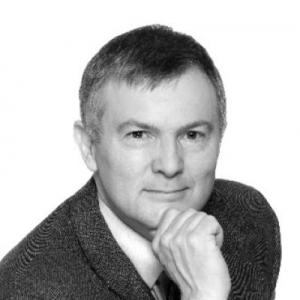
Risk-informed, performance-based seismic design of next generation nuclear energy facilities
April 02, 2025 - 12:00 pm
Speaker: Andrew Whittaker
Risk-informed pathways for the design and licensing of next generation nuclear facilities are being developed by standards development organizations (e.g., AMSE, ANS, ASCE), power utilities, reactor developers, and the Nuclear Regulatory Commission and its consultants. The presentation will focus on recent work to develop and document a technical basis for risk-informed, performance-based seismic design procedures for conventionally founded and base-isolated nuclear civil structures.
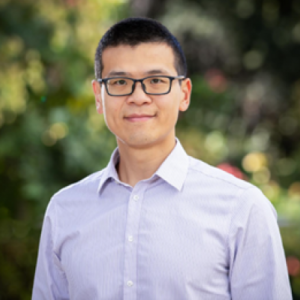
Towards Patient-Specific Endovascular Treatment of Unruptured Intracranial Aneurysms
March 12, 2025 - 12:00 pm
Speaker: Chung-Hao Lee
Intracranial aneurysms (or brain aneurysms) are a focal dilation of brain artery vessels that affect about 1.3 million Americans. The aneurysms, left untreated, can progressively grow, weaken the vessel wall, and eventually rupture, causing devastating hemorrhagic strokes. Despite recent advancements in minimally invasive endovascular procedures, such as coiling and flow diversion, the long-term outcomes still remain suboptimal.
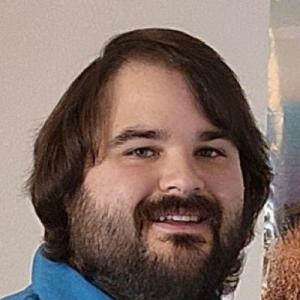
Overview of Chemo-Mechanical Modeling of Lithium-ion Batteries
March 10, 2025 - 12:00 pm
Speaker: Jeff Allen
One of the main goals in modeling lithium-ion batteries is to improve/predict longevity and resilience of new chemistries. To that end, this talk investigates the formation of stress-induced fracture within polycrystalline cathode particles and the impact on capacity loss. The model captures anisotropic Li diffusion within a single polycrystalline particle comprised of hundreds to thousands of randomly oriented grains. Fracture is primarily due to non-ideal grain interactions with slight dependence on high-rate charge demands.
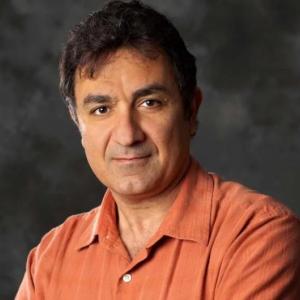
Peeking into a Radioactive Box
February 26, 2025 - 12:00 pm
Speaker: Roger Ghanem
Condition assessment of spent nuclear fuel prior to permanent storage is an important component of their life cycle assessment. Given their radioactive nature, only external inspection is possible for these systems while damage and conditions of interest are unobserved.
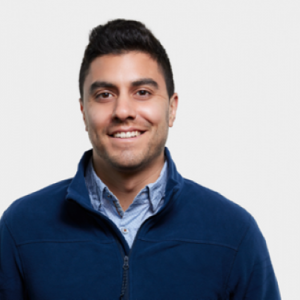
Tipping - Alec Zavala
February 12, 2025 - 12:00 pm
Speaker: Alec Zavala
Tipping is a structural engineering firm based in Berkeley, California that specializes in the seismic design and retrofit of new and existing residential, commercial, and educational buildings. Our firm was founded in 1983 by Steve Tipping who instilled an approach of curiosity and innovation into the firm that carries on his legacy.
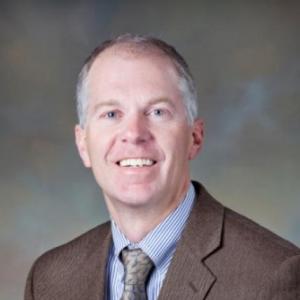
A Quasi-meshfree Method for Nonlinear Solid Mechanics: A Synergistic Combination of Element-based and Element-free Technologies
February 10, 2025 - 12:00 pm
Speaker: Joe Bishop
There is now a long history of using both element-based and element-free discretizations for solving governing field equations. By combining these two approaches, we can obtain a new, versatile, multiscale, discretization technique. In many engineering applications, domains of interest are geometrically complex containing numerous small features. These features are typically removed in a manual process to facilitate a conventional element-based meshing process. This manual defeaturing process is dependent upon the goals of the simulation and typically involves subjective heuristics.
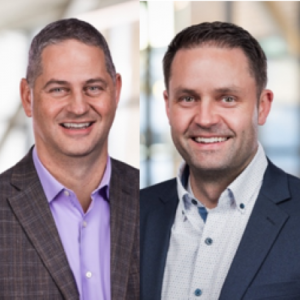
Making the Most Perfect of Imperfect Choices
February 05, 2025 - 12:00 pm
Speaker: Matt Barnard and Chad Closs
We are constantly faced with opportunities to make decisions both small and big. Many of these decisions are easy and you make them without hesitation. But there are some decisions that are difficult with no clear right answer and with potentially massive implications for you and others. Fortunately, you can use a Choosing by Advantage process to help you identify what really matters and make those tough decisions.
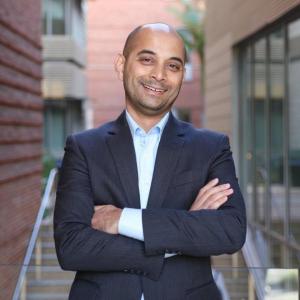
Equatic: The development of a seawater-based atmospheric carbon removal and hydrogen co-production platform
February 03, 2025 - 12:00 pm
Speaker: Gaurav N. Sant
The trapping of carbon dioxide (CO2) as aqueous (bi)carbonates or as mineral solids is attractive because of favorable thermodynamics, and the durability and permanence of storage. Here, I will describe an approach to rapidly precipitate Ca- and Mg- carbonates and hydroxides from seawater to achieve large-scale, cost-effective CO2 removal.
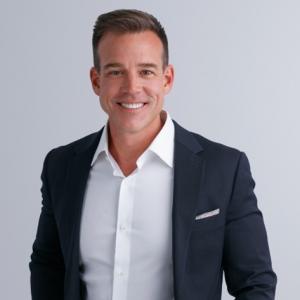
Lessons learned from advanced analysis projects and things you need to know to succeed in a consulting engineering career
January 29, 2025 - 12:00 pm
Speaker: Derrick Watkins
Structural engineers often face challenging, complex projects that require innovative technical solutions to meet client needs while pushing the boundaries of engineering. At SGH, tackling such projects has been a cornerstone of their work. From investigating the collapse of the World Trade Center to analyzing the seismic stability of nuclear-powered submarines in dry dock, engineers like Derrick Watkins rely on advanced analysis techniques to accurately model unconventional structures and dynamic loads, ensuring effective and reliable solutions.

What can seismic data tell us about the magnitude of shear stress in the Earth’s crust?
January 27, 2025 - 12:00 pm
Speaker: Yuri Fialko
Strength of the upper brittle part of the Earth's lithosphere is one of the most debated and least constrained quantities in geophysics. Direct measurements of stresses acting at seismogenic depths are largely lacking. Seismic data (in particular, the earthquake focal mechanisms) have been used to infer orientations of the principal stress axes. I will discuss how the focal mechanism data can be combined with information from precise earthquake locations to place constraints not only on the orientation, but also on the magnitude of absolute stress at depth.
